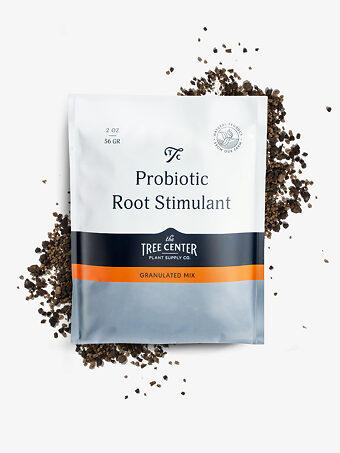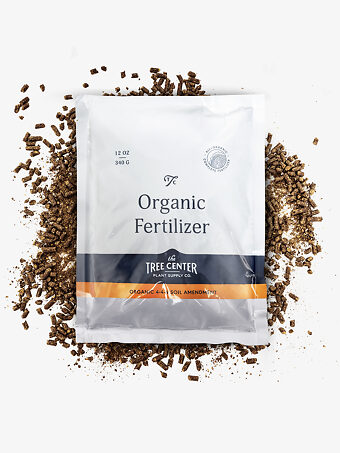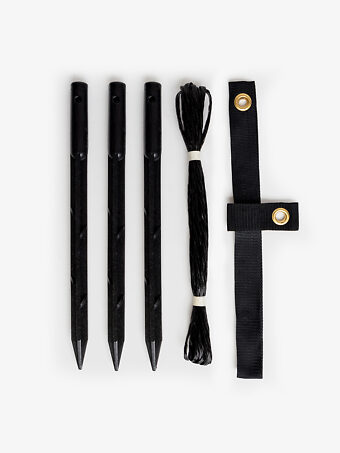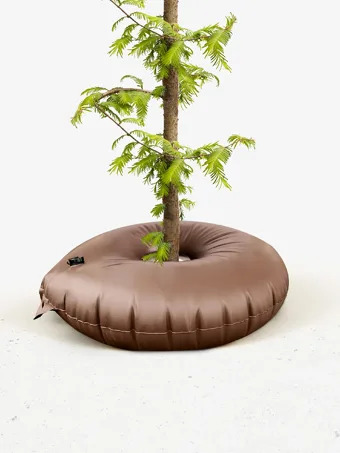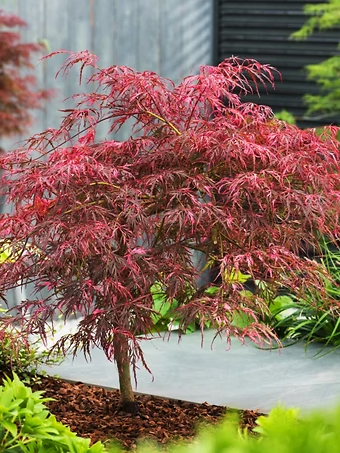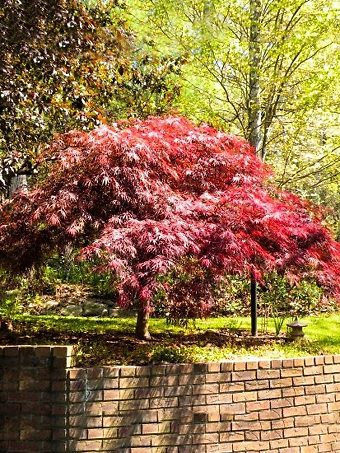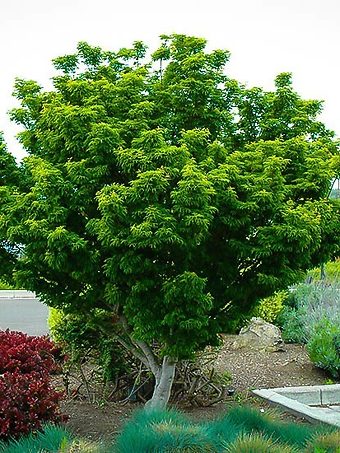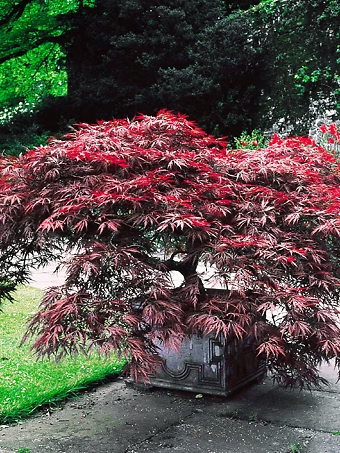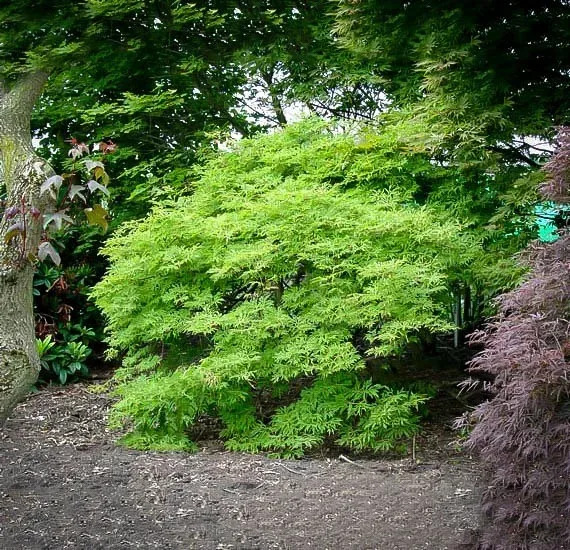
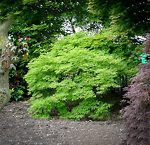
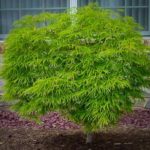

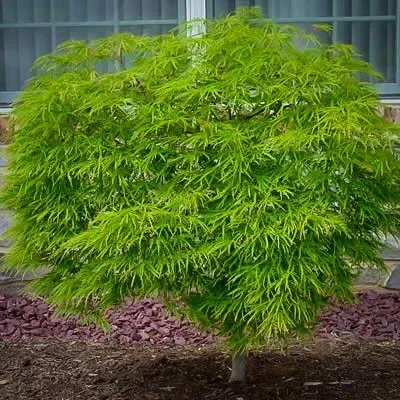
Green Cascade Japanese Maple
Acer japonicum “Green Cascade”View more from Japanese Maple Trees
Green Cascade Japanese Maple
Acer japonicum “Green Cascade”
this item doesn’t ship to
A different species of Japanese maple, the Green Cascade Japanese Maple has larger leaves and greater resistance to sun-scorch than its delicate relatives. As well, left alone it will form a spreading mound, not a tree, making it ideal for cascading down banks, over walls, or out of tall pots. With its wonderful fall color this is a must-have tree to enjoy vibrant gold, orange and reds splashed across the leaves. No other tree will flow like a stream down your garden and give such an exotic and stunning fall effect.
• Prostrate, cascading form ideal for banks and walls
• Good scorch-resistance in sunny spots
• Great choice for warmer regions
• Outstanding fall colors
• Easy-care garden feature
Although it will naturally stay low, if you want a taller Japanese maple with weeping branches, it is easy to stake this tree upright to get more height with a full weeping effect. Although a different species, the Green Cascade Japanese Maple still has the special leaves like an outspread hand, of Japanese maples, but they are larger and so even more outstanding.

Botanical Name:
Acer japonicum “Green Cascade”
Mature Width:
4-8 ft
Mature Height:
4-6 ft
Grows Well In:
Zones 5-9
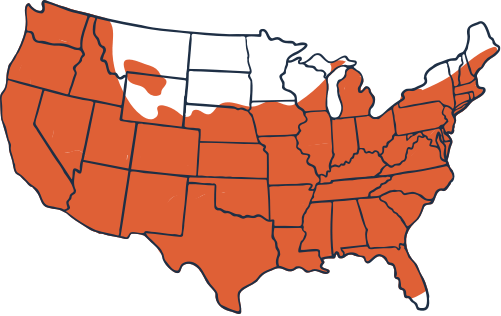
Sun Needs:
Full Sun, Partial Sun
Water Needs:
Moderate
Growth Rate:
Medium
Flower Color:
Green, Red
Flowering Season:
Spring
